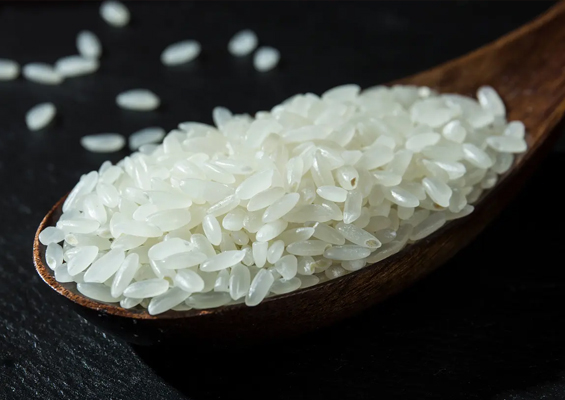
The husk of brown rice is removed by the rice mill. With the increase of rice milling times, the beige color will become whiter and whiter. After the rice is milled, the rice is picked out by the relevant equipment and re milled and polished. This kind of "refined" white rice is much more "white and tender" than the original brown rice in color.
1. The brighter the rice, the better
The brighter the low sugar rice is, the more polished or over processed it may be. Vitamins and trace elements in rice mainly exist in the outer layer of rice. Excessive processing or polishing will damage the nutrition of low sugar rice.
2. The more fragrant the rice, the better
The flavor of low sugar rice depends on the variety of low sugar rice. Some low sugar rice has fragrance, and some low sugar rice has no fragrance. The more fragrant it is, the more likely it is to be fragrant old rice. Ordinary fragrant rice has a faint fragrance.
The production date is a very important information, which directly reflects whether the low sugar rice is new or old. Therefore, when you encounter bagged low sugar rice, you must check the production date to see if it is expired or close to the expiration date. Of course, the production date may also be false. Generally speaking, those suspected of counterfeiting are tainted and incomplete. Therefore, the more delicious the food is, the more nutritious it is. Similarly, the whiter the rice, the better.
Vacuum packed low sugar rice is difficult to judge by color alone. If it is not expired and has no odor, it is generally edible.
1. The shelf-life of low sugar rice packaging can not accurately judge whether it has deteriorated, but only that it is better to eat before the shelf-life. Unlike other ordinary foods, low sugar rice is not bad after it has expired.
2. Low sugar rice stored for too long will not taste as good as the newly purchased low sugar rice, and its nutritional value will also drop. It is recommended that the purchased low sugar rice be eaten as soon as possible, because it has high nutritional value.
